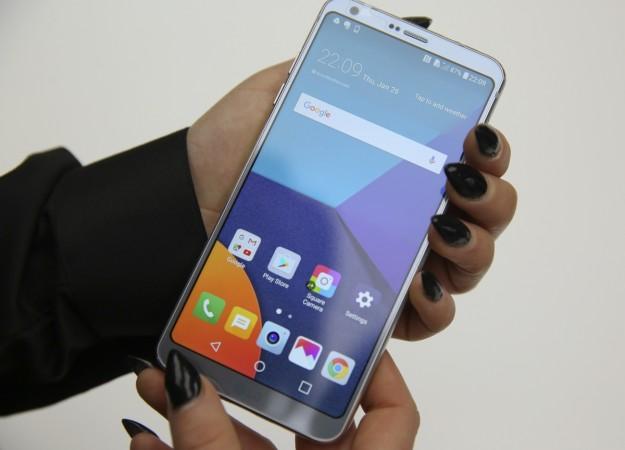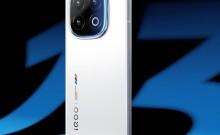
LG has a reputation as one of the world's leading consumer electronics giant. But when it comes to smartphones, the company has always been regarded as an underdog while its fellow South Korean rival Samsung continues to dominate the phone world.
In its latest move to grab some limelight in the fiercely competitive smartphone market, LG has unleashed its new flagship handset called the G6, which incorporates quite a few improvements over its well-received predecessor G5.
The new Smartphone, which was launched in New Delhi on Monday, would be up against a horde of existing heavy-weight performers like Apple's iPhone 7 series, HTC U Ultra and OnePlus 3T. However, the LG G6 will also have to prove itself on the ring against Samsung's newly launched Galaxy S8, which has already received rave reviews from experts around the world, thanks to its radically designed form factor.
According to the latest data released by Trend Force, LG's first-quarter smartphone production volume fell by almost 40 percent compared with the previous quarter, despite the release of the high-end device V20 in the second quarter of 2016.
Although LG is expected to benefit from the release of the new G6, its second quarter production volume is not projected surpass the 18 million units it reached in the same period last year.
Here are five ways how the new LG G6 can challenge the Samsung Galaxy S8, and win.
1. The 5.7-inch screen on the LG G6 is as good as that of the Galaxy S8. It comes with a ratio of 18:9 and supports a split screen mode in two square shapes allowing users to capture and review photos simultaneously.
The Galaxy S8 also features a ratio of 18.5:9 on a 5.8-inch screen, but with curved sloping edges. While the curved screen apparently appeals to many, it may also require users to hold the phone differently to avoid erroneous touches. So if you are one of those who think Galaxy S8's curved edges make it less comfortable to hold it, you would love the way how G6's straight edges can make your life a lot easier.
2. The Galaxy S8's fingerprint sensor is right next to the camera, and it's an awful spot. Samsung tried to justify the design element saying that users are most likely to use the iris scanner and face recognition system, rather than the fingerprint sensor. But that sounds more like a lame excuse.

Placing the fingerprint sensor next to the rear camera is just begging for lens smudge accidents, something that has irked many early users of the phone. The LG G6, however, is immune to this issue as it has the fingerprint sensor placed centrally, below the handset's dual-camera setup.
3. The Galaxy S8's 12MP rear camera with dual-pixel autofocus, OIS (Optical Image Stabilisation) and f/1.7 aperture is an impressive piece of element that Samsung can boast about. But the phone has only one camera on its back, unlike the LG G6 that features two 13MP rear cameras, including a wide-angle snapper.
The dual-camera setup gives the LG G6 a significant competitive edge over the Galaxy S8 in the form of optical zooming capability. The Samsung phone only comes with digital zoom, which is nothing but cropping to the center of the image.
4. The non-removable Li-Ion 3,000mAh battery inside the Galaxy S8 is apparently the same that was featured in the Galaxy S7. While it's not clear if Samsung wanted to play safe after the Galaxy Note7 debacle jolted the company last year, the Galaxy S8's battery seems to be a decent performer.
However, the battery inside the LG G6 is bigger, clocking in at 3,300mAh. Although the slightly bigger size won't make much of a difference in terms of performance, it does have enough juice to perform at par with that of the Galaxy S8.
5. The LG G6 is priced lower than the Samsung Galaxy S8 in key markets like India. The LG phone is priced at Rs. 51,990 in the Indian market, which makes it comparatively cheaper than the Galaxy S8 and Galaxy S8+, with their prices starting at Rs. 57,900 and Rs. 64,900, respectively.














